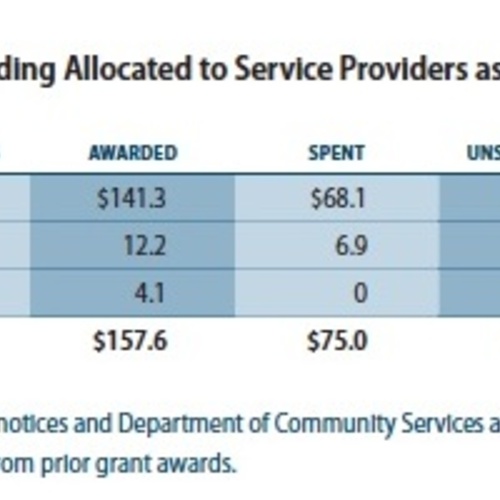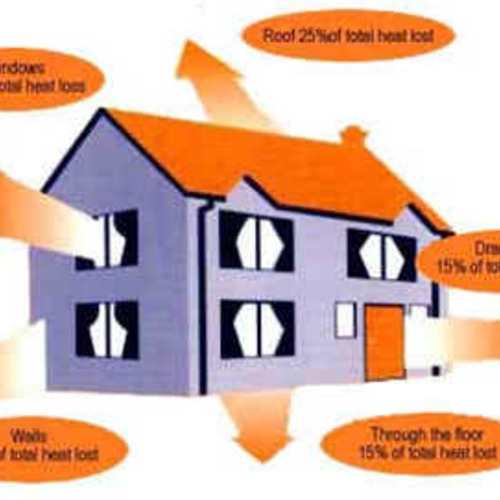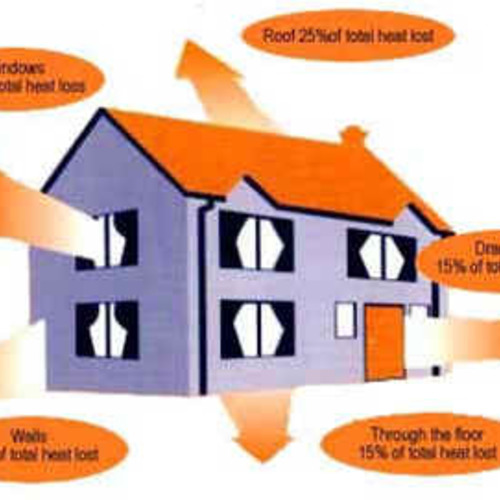
The decades-old system for allotting and spending weatherization funds is under pressure to spend huge amounts of stimulus money prudently. And that has political operatives, watchdog groups, and professional stimulus-fund worriers tracking the program’s every tick and wheeze.
And that’s as it should be. Scrutiny of the system’s performance is crucial, even if purely partisan interests drive some of the criticism. The Department of Energy has released a first round of funds to states from the $4.7 billion authorized by the American Recovery and Reinvestment Act for the weatherization program, which is almost 10 times what the program originally was expected to manage this year. The states in turn have been busy distributing the money to cities and to community organizations authorized to manage weatherization services on a local level.
The program also has been expanded to cover families making up to twice the federal poverty level, or $44,100 for a family of four, and more than doubled the average amount that can be spent per house, to $6,500.
So we indeed have a lot of dough flowing through a lot of labyrinthine bureaucratic plumbing, which, a spokeswoman for the Council for Citizens Against Government Waste told the Associated Press, is “such a Rube Goldberg operation it should be setting off alarm bells.”
A DOE spokeswoman countered that states must demonstrate quality control to get further stimulus-fund allotments. She also said the federal government monitors state operations and does a thorough review at least every two years of local organizations.
A test of oversight
If you’re an energy efficiency proponent, it is hard to argue with the weatherization program’s focus on existing housing, where a lot of drafty windows, and leaky walls and attics, are hiding out. Under the funding structure established by the stimulus bill, as many as a million homes could be weatherized.
Of course if the weatherization program, which is run by the DOE’s Office of Weatherization and Intergovernmental Programs, does happen to suffer a couple of administrative meltdowns, failures of accountability are expected to play central roles in any drama that might unfold. That kind of drama also might be found in the performances of other DOE programs, since the weatherization program is not the only one pumped up with enough stimulus money to fill a parade balloon.
The DOE has $3.2 billion for its Energy Efficiency and Conservation Block Grant program, which includes energy audits and energy retrofit work in residential and commercial buildings, grants to nonprofit organizations for energy efficiency retrofits, the development of more-stringent energy codes for new buildings, incentive programs for energy efficiency improvements, and the installation of renewable energy equipment on government buildings.
The first portion of another big bundle, $3.1 billion in all, has made its way to the DOE State Energy Program, which, as a recent story on Stateline.org points out, has since the 1970s produced more than $7 in energy savings for every federal dollar spent.
A case of diminishing returns?
A current principal concern about SEP, though, is that the increase in funding it is seeing because of the stimulus bill – the program received only $44 million last fiscal year – will not yield a commensurate improvement in energy conservation.
One weakness in the stimulus bill, for example, is that it requires governors of states accepting federal SEP funds to guarantee they’ll adopt, by 2017, energy-efficiency standards based on the 2009 IECC and ASHRAE 90.1-2007 building codes for 90% of new and renovated buildings. The problem is, the Stateline.org story notes, governors in many states don’t have the power to force state lawmakers and local officials to comply with the SEP requirement. What’s more, Inspector General reports issued in 2006 and 2009 showed that SEP regional offices haven’t implemented adequate program-monitoring metrics and procedures.
Still, the DOE could decide to directly address code-compliance requirements as it develops its guidelines for release of the second portion of the $3.1 billion. Also, at least some states could get on board with code updates sooner rather than later. The Building Codes Assistance Project, which assists states, municipalities, and regulatory agencies in adopting and implementing building energy code, announced this week that the DOE approved SEP plans and stimulus funding for 29 states and territories.
Some of that funding, BCAP notes, will be used to help those states and territories to bring their code into compliance with 2009 IECC or ASHRAE 90.1-2007 standards.
Weekly Newsletter
Get building science and energy efficiency advice, plus special offers, in your inbox.















0 Comments
Log in or create an account to post a comment.
Sign up Log in